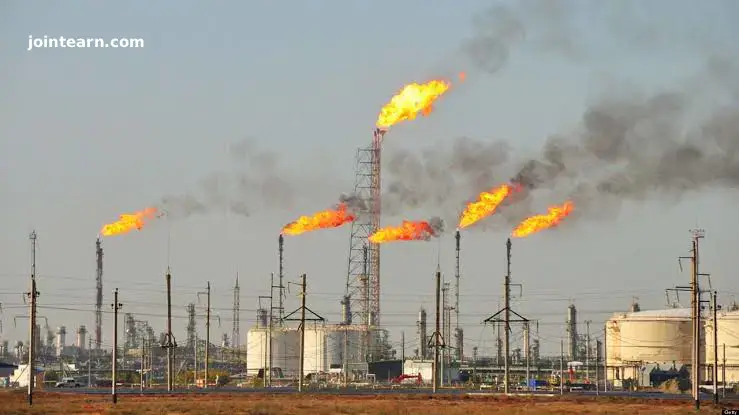
• $4.9bn in gas investments yet to fully pay off
• Past PSCs failed to incentivize non-associated gas development — NUPRC
• Coordinated action needed to unlock Nigeria’s gas potential — NGA
Nigeria’s ambition to fuel homes and industries with its abundant gas reserves faces mounting challenges as gas flaring rises amid worsening electricity supply.
Data from the Nigerian Upstream Petroleum Regulatory Commission (NUPRC) show that gas flaring increased 10% month-on-month to 16.679 million standard cubic feet (mmscf) in September 2025, up from 15.057 mmscf in August. This represents 8.72% of total gas output in September, up from 6.87% in August. Year-on-year, flaring rose 7%, amounting to 150,028.86 mmscf over nine months—gas valued at roughly $451 million, enough to power a small 10–50MW plant.
The waste occurs even as millions of Nigerians remain without electricity, forcing industries to rely on expensive diesel. The underlying issue is a mismatch between gas supply and power demand. Despite producing over 190,000 mmscf monthly, inadequate infrastructure, limited processing capacity, and disruptions in crude production result in significant flaring.
Declining crude oil output also contributes to the gas crisis. NUPRC data show oil production fell from 1.71 million barrels per day (bpd) in July to 1.63 million bpd in August and 1.58 million bpd in September 2025.
Electricity Generating Companies (GenCos) say they could generate up to 8,000MW if gas supply were adequate, yet the transmission grid barely reaches 5,000MW, leaving around 3,000MW stranded due to gas shortages. “With regular payment and gas supply, we can easily raise power generation to 8,000MW,” said Dr. Joy Ogali, CEO of the Association of Power Generation Companies (APGC).
Industries Turn to Private Solutions
Frequent supply fluctuations have led major companies—including Dangote Group, NNPC, Chevron, TotalEnergies, Seven-Up, Guinness Nigeria, and MTN—to rely on independent gas-fired plants. Analysts warn this trend weakens industrial competitiveness, increases production costs, and discourages investment in energy-intensive sectors.
Dr. Chinyere Almona, Director-General of the Lagos Chamber of Commerce and Industry (LCCI), said the 13% month-on-month decline in gas output is alarming. She cited pipeline vandalism, downtime, and supply chain disruptions as key factors affecting thermal power plants, raising generation costs and undermining Nigeria’s transition to cleaner, cheaper gas-based energy. Almona called for investment in pipelines, processing plants, storage, stable pricing, and regulatory consistency to attract long-term capital.
Government’s “Decade of Gas” Initiative
Despite these challenges, the federal government remains committed to its “Decade of Gas” initiative, launched in 2021, aimed at transforming Nigeria into a gas-driven economy by 2030. The plan involves massive investment in pipelines, LNG plants, and processing facilities to reduce flaring and expand gas-to-power projects.
A government report emphasized that “increasing gas utilisation for power generation and incentivising investments in the gas value chain” remains a top priority. However, experts warn that weak enforcement and operators’ inability to curb flaring undermine the initiative.
$4.9bn in Gas Investments Still Pending Returns
Since the Petroleum Industry Act (PIA) was enacted, over 25 non-associated gas field development plans have been approved, attracting $4.9 billion in investment and unlocking approximately 9,790 billion standard cubic feet (bscf) of gas reserves. Yet flaring remains high, signaling that investments have not yet translated into proportional production or utilization improvements.
NUPRC noted that for decades, Nigeria’s oil and gas industry prioritized crude oil, leaving gas underdeveloped or flared. Past Production Sharing Contracts (PSCs) did not incentivize investment in non-associated gas.
The recent TotalEnergies/Sapetro consortium PSC with NNPC marks a significant policy shift. It introduces favorable gas terms, including improved profit gas splits, cost recovery mechanisms, and inclusion of gas infrastructure development as recoverable costs. These measures aim to make non-associated gas monetization viable, supporting domestic power generation, gas-based industries, and LNG exports.
“The PSC sets a new standard, ensuring future contracts align with Nigeria’s gas utilization objectives,” NUPRC said.
Leave a Reply